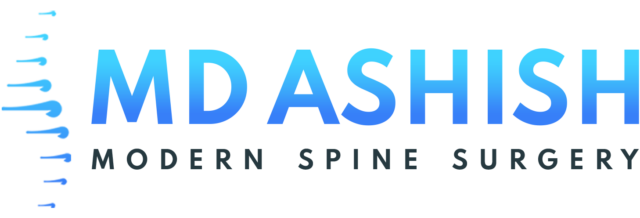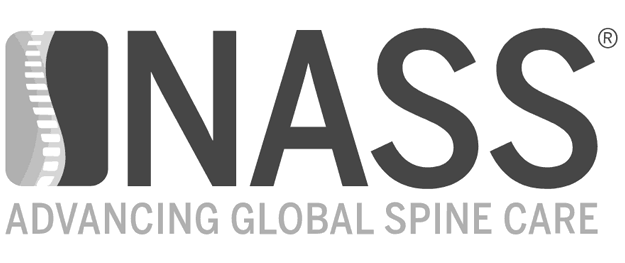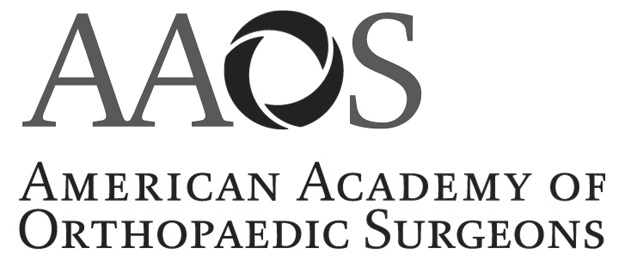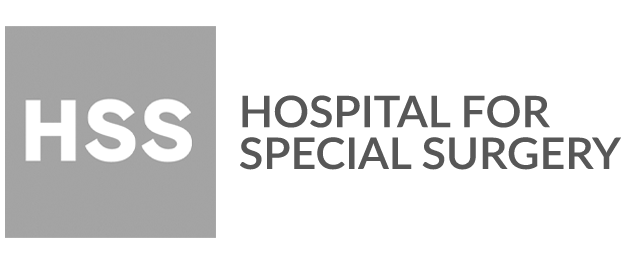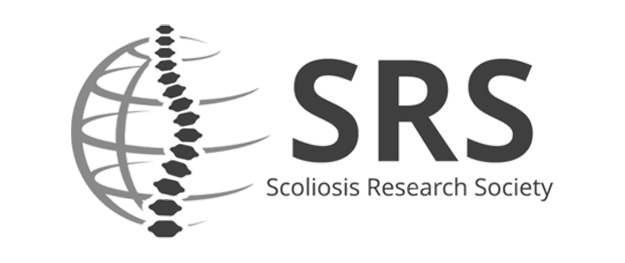PROCEDURES EXPLAINEDMinimally Invasive Spinal Surgery
Minimally Invasive Spinal Surgery or MISS refers to a collection of procedures less invasive than open surgery, with the intent of reducing damage, improving recovery, and generally better patient outcomes. These approaches can be faster, have a lesser cosmetic effect, and may even be performed under local anesthesia.
Conditions for which minimally invasive surgery are often an option include:
- Degenerative disc disease
- Disc Herniation
- Lumbar spinal stenosis
- Deformities of the spine
- Infections of the spine
- Instability of the spine
- Vertebral compression fractures
- SI Joint Dysfunction
- Tumors of the spine
The goals of minimally invasive spine surgery are primarily decompression, to relieve nerves of pressure from impinging tissues, and stabilization of abnormal spine movements. It is performed through percutaneous or small-incision points of access to the spine, and uses a tiny video camera called an endoscope to visualize the tubular system of tools for manipulation of spinal tissues. These procedures are also guided by imaging, for two and three-dimensional views of the operative area during surgery.
Patient Animation VideoMinimally Invasive Spine Surgery (MIS)
What to Expect
- Faster recovery after surgery
- Less time spent in the hospital, usually less than two days
- Outpatient surgery means you may return home a few hours after surgery
- Less anesthesia
- Less postoperative pain
- Smaller incisions
- Reduced scarring
- Reduced soft tissue and muscle damage
- Less blood loss during surgery
- Lower risk of infection
Experiencing Symptoms of Back Pain?
Common Risks and/or Frequently Asked Questions

Bleeding

Blood clots

Nerve damage

Return of symptoms
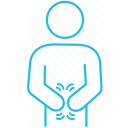
Failed fusion

Infection
Post Procedural Instructions
- Activity Restriction
- Pain Management
- Incision Care
- Call if
- Desk jobs may be returned to in about 2 weeks, but others may require 4 weeks or more
- Do not drive or operate heavy machinery while taking narcotics
- Do not try to lift more than 10 pounds
- Do not smoke
- Walk as often as is comfortable on non-slippery surfaces
- Be mindful of body motion practices, as discussed with your physical therapist
- Post-procedural pain may last days to weeks as the inflammation subsides
- Do NOT take NSAIDs in the first few months following surgery, as they can interfere with the bone healing process
- Take your prescribed pain medication as recommended, and inform your care team if relief is inadequate. It is normal to feel some degree of pain during the recovery process, but it should not be excruciating.
- Unless otherwise stated, your incisions are most likely sutured from the inside.
- Dressings may be removed about 48 hours after surgery, and incisions should be washed with soap and water
- Do NOT soak the incision site, baths, hot tubs, and pools should be avoided for 2-3 weeks until the wounds have fully healed
- Sunblock with SPF 30 or greater may be used to protect healing skin from discoloration, as new skin will lack the sun protectant pigment melanin
- Fever of 101.5 F or greater
- Redness, swelling, warmth around the incision site
- New neurological symptoms, such as weakness or loss of sensation that was not present before
- Loss of bowel or bladder control that is new
- Severe Pain
- Difficulty swallowing or speaking
- Severe Headaches
- Calf Swelling, as this may be a sign of thrombosis
- Chest pain, difficulty breathing, or cough



